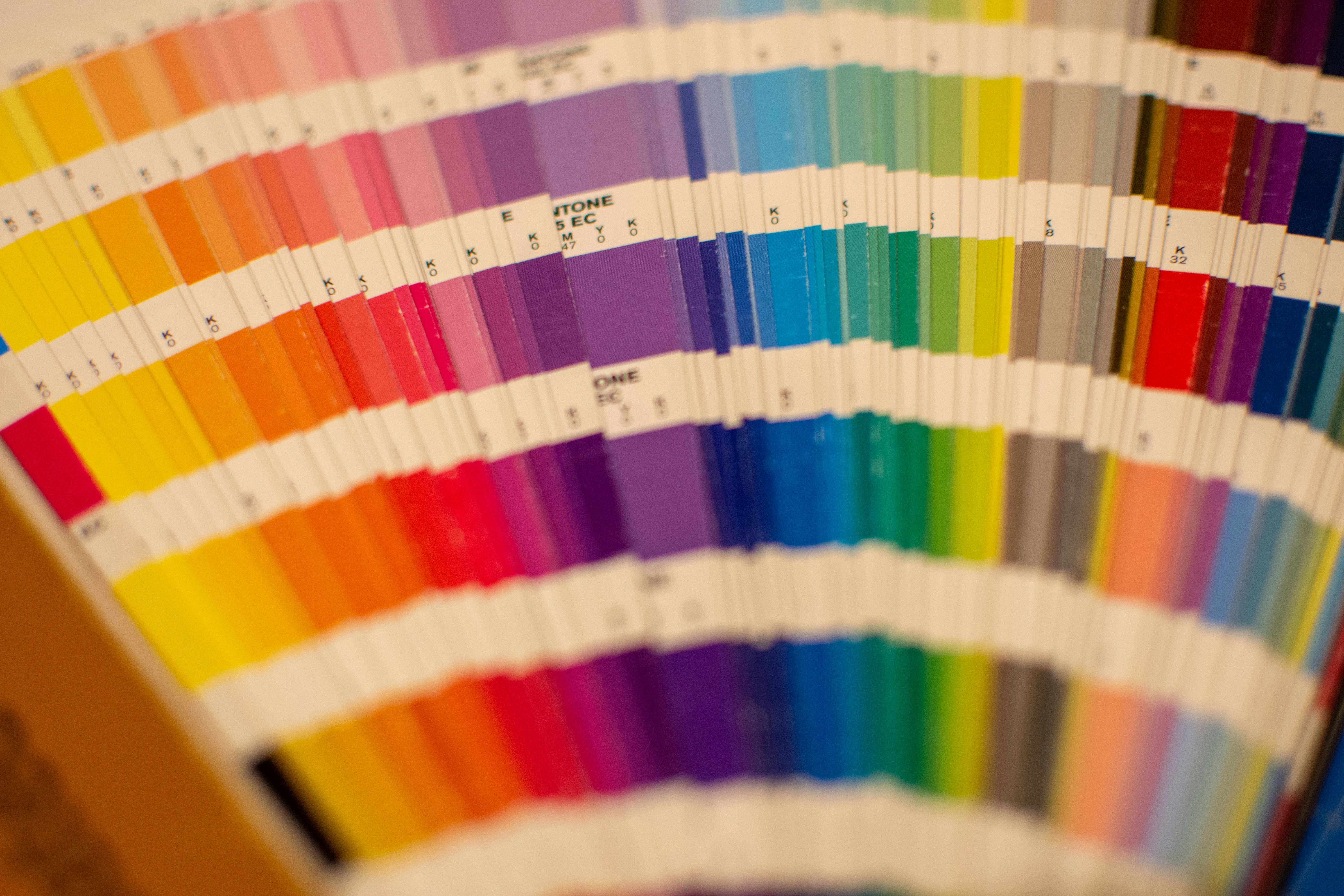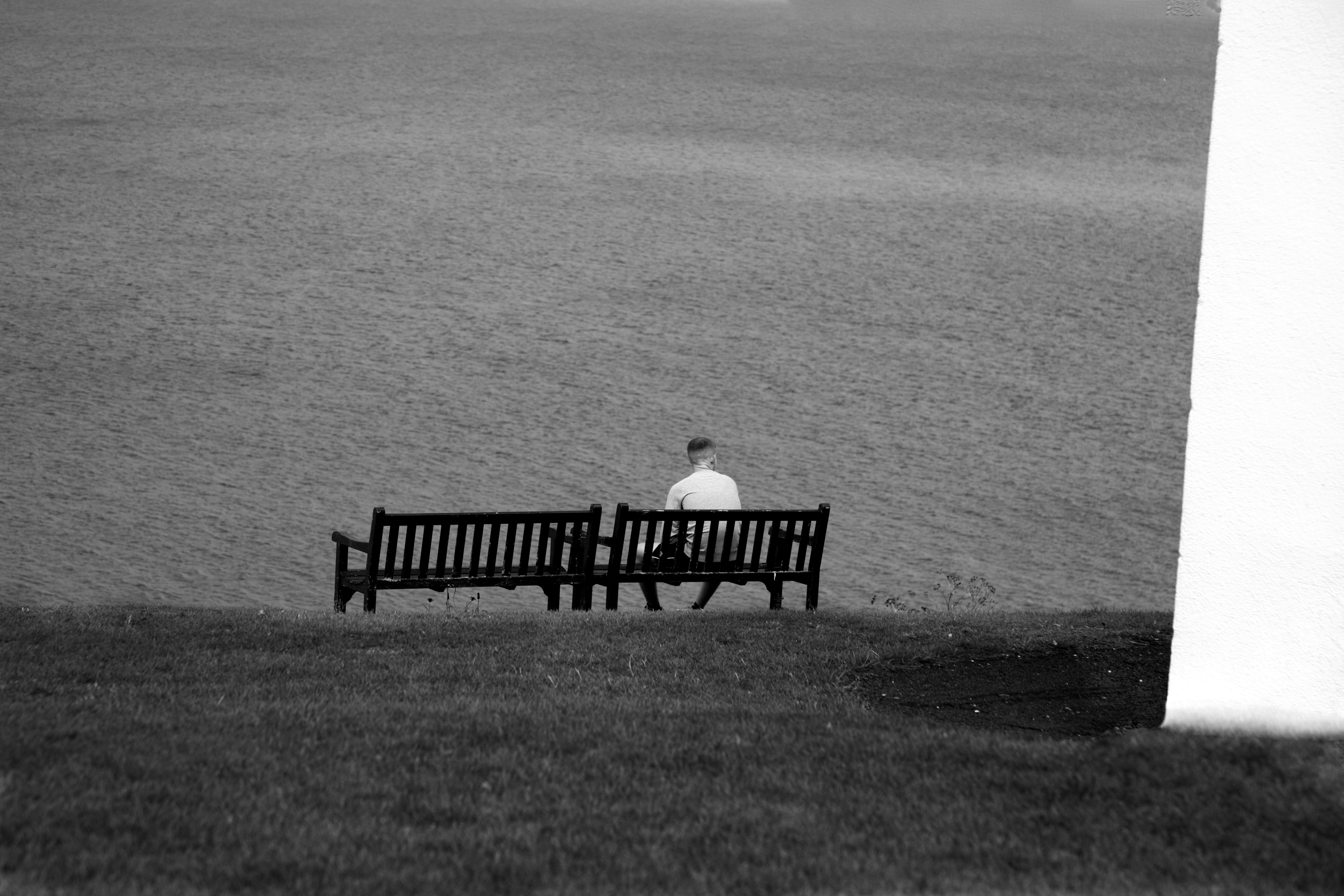Transform Your Well-being with Color Psychology Today!
Have you ever walked into a room and felt your mood shift instantly? This phenomenon isn't just a figment of your imagination; it's an intricate play of color psychology and environmental design that influences our emotional well-being. Color surrounds us in every aspect of life, from the clothes we wear to the walls that cradle us at home. Exploring how different colors can uplift our mood or create a calming environment is not only fascinating but essential for anyone looking to enhance their health and wellness journey. Imagine transforming your living spaces into havens of balance and tranquility simply by understanding and employing color psychology.
The Power of Colors: More Than Just Aesthetics

When it comes to the psychology of color, numerous studies highlight its profound implications on our emotions and behavior. According to a study published by the Institute of Color Research, people make judgments about a person, environment, or product within just 90 seconds—and between 62%-90% of that assessment is based solely on color. These insights reveal the powerful connection between color and our emotional state, making it crucial to curate our environments wisely.
Color and Its Emotional Resonance

Colors evoke distinct emotions that can be harnessed for emotional healing and overall wellness:
-
Blue: Known for its calming effects, blue hues tend to lower heart rates and promote feelings of tranquility. Incorporating blue tones in bedrooms or relaxation spaces can create a serene retreat.
-
Yellow: Often associated with sunlight, joy, and optimism, yellows can boost mood and spark creativity. A splash of yellow in common areas, like kitchens or living rooms, can invigorate social interactions.
-
Green: Symbolizing nature and growth, green promotes balance and harmony. Incorporating this color into home offices can enhance productivity while promoting a sense of well-being.
-
Red: A stimulating and energizing color, red can increase adrenaline and raise energy levels. However, it should be used sparingly in spaces where calmness is needed—like bedrooms.
-
Purple: Often linked to luxury and creativity, purple can inspire and awaken the imagination. A few purple accents can add flair and spark creativity in artistic spaces.
Understanding these connections makes it clear that when we thoughtfully design our environments with these colors in mind, we are taking significant steps towards enhancing our emotional well-being.
Transforming Your Space: Practical Tips

Now that we understand how different colors impact emotions, let’s explore practical tips for integrating them into your home and workspace effectively.
1. Start Small: Accent Your Environment

If you're hesitant about overhauling your entire space, begin with small accent items such as cushions, art, or décor. For instance, if you feel often anxious, try incorporating calming blues through throw pillows or artwork.
2. Create Color Schemes Based on Function Room
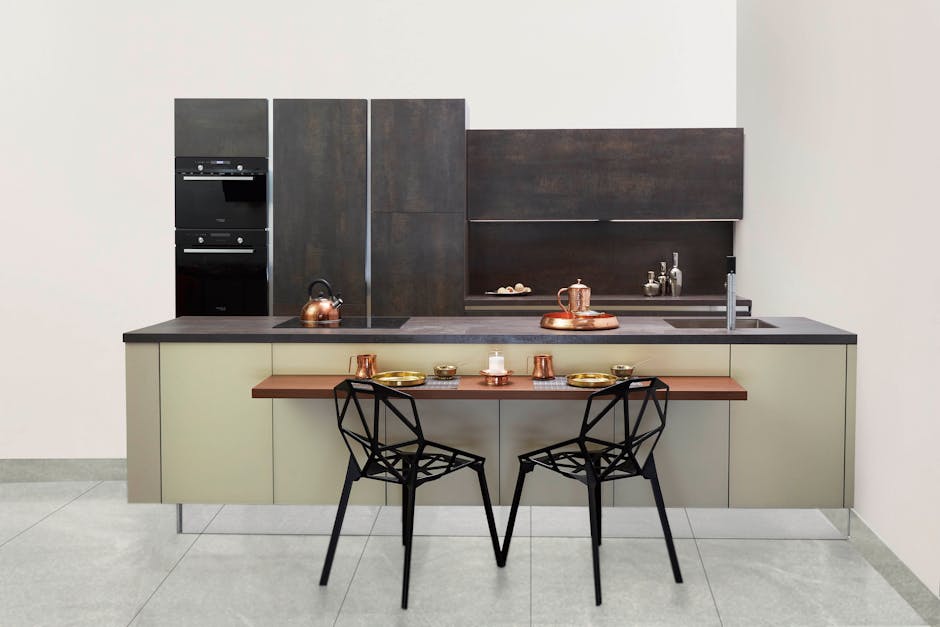
Design specific rooms with color schemes that support their intended use. For example, greens and blues in bedrooms to promote relaxation, vibrant reds or yellows in kitchen spaces to invigorate energy, and calming neutral colors for home offices to enhance focus.
3. Mood Lighting Matters

The way color is perceived can change drastically with lighting. Consider using soft, warm light fixtures to highlight your color schemes in the evening. Choose temperature-adjustable lights that can shift from inviting warm hues during the evening to bright whites throughout the day.
4. Nature and Biophilia

Combining colors with natural elements can dramatically enhance your space. Plants not only add greenery but can improve air quality and promote a connection with the outdoors—maximizing the concept of biophilia. A combination of green foliage with natural wood tones can create a relaxing nook or workspace.
5. Incorporate Personalized Colors

Don’t forget to introduce colors that personally resonate with you, even if they defy conventional associations. For example, if orange sparks joy for you, use it in your meditation space where you seek positivity and connection.
Fascinating research points to the effect of colors on our mood and emotions, making the case for intentional design clear. As explored in other related articles, such as harnessing biophilia through indoor plants can also contribute significantly to your overall wellness.
Reimagining Spaces: Home vs. Public Areas

It’s worth noting that color psychology applies not only to homes but also public spaces. The colors used in offices, hospitals, schools, and restaurants can significantly affect mood and social dynamics. For instance, creative workspaces are often painted in vibrant colors to stimulate creativity and idea generation, while calming colors in medical facilities can help reduce anxiety in patients.
How to Encourage Healthy Color Usage in Public Spaces

Educating community members about the importance of color in public designs can initiate effective change. Here are a few ideas on encouraging healthy color usage in community spaces:
1. Organizing Workshops

Support community initiatives that focus on educational workshops around color psychology and public space design. This can empower residents to advocate for vibrant and calming palettes in parks, schools, and clinics.
2. Collective Wardrobe Concepts

Consider a group effort to paint fences, playgrounds, and community centers using colors that uplift and inspire collective joy—the shared spaces should reflect inclusivity and affirmation.
3. Community Murals

Getting together with local artists to create murals that reflect the vibrant identity of the community using colors that symbolize connection can enhance both aesthetics and emotional well-being.
Soundscapes and Aroma: Enhancing Emotional Health
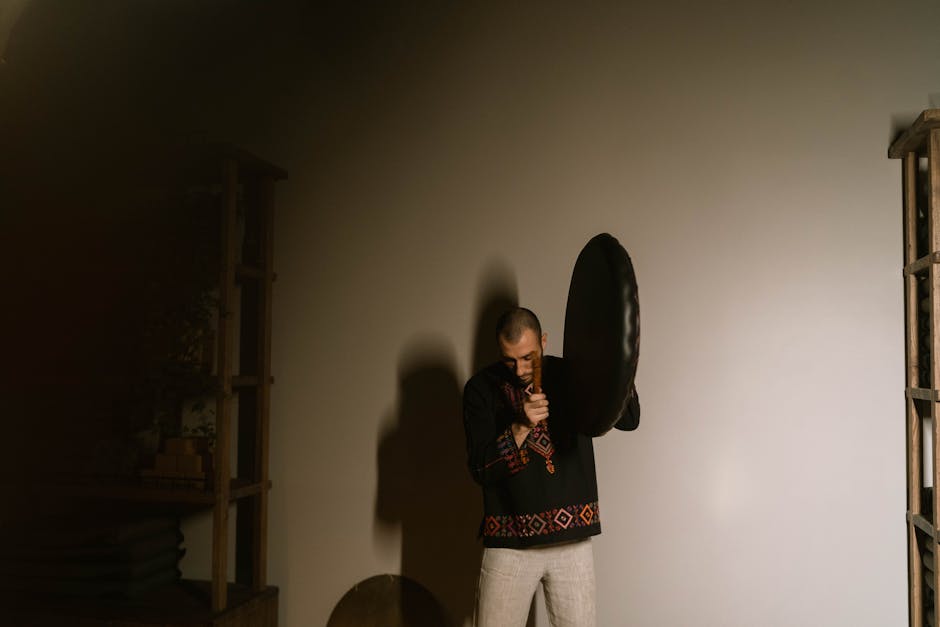
As we dive deeper into wellness beyond colors, it’s crucial to explore how other sensory experiences contribute to our emotional well-being. For instance, the interplay of colors with soundscapes has been shown to elevate moods significantly.
In the article, "The Sound of Wellness", readers will discover techniques on how to harness urban sounds for mental clarity. Coupling soundscapes with color can create immersive environments that amplify emotional healing.
The Role of Aroma

Aromatherapy, when combined with color psychology, can create profound effects on emotional health. For example, soothing essential oils infused with violet lighting can enhance a calming vibe, promoting relaxation. Discover more enriching techniques to stimulate the senses in articles like “The Aroma of Memory”.
Unlocking Emotional Resilience
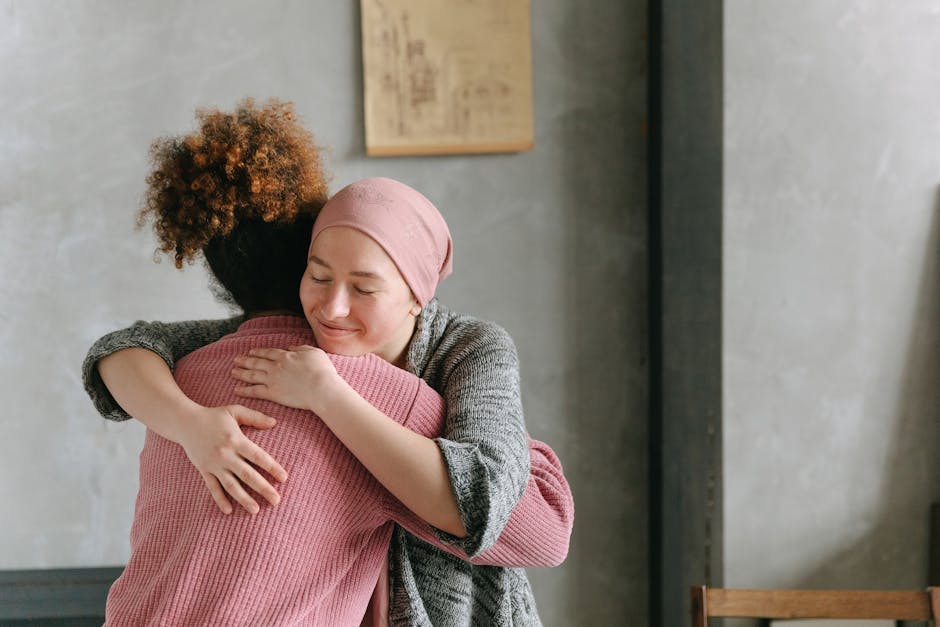
The idea of creating spaces that evoke emotional well-being can redefine how we perceive our surroundings. Coupled with knowledge from articles such as “Unlock Mental Resilience”, we can explore how our connection to nature and its vibrant colors shapes our mental landscape.
Next Steps: Curating Your Color Journey

Now that you’re equipped with insights about color psychology and practical tips, here’s a straightforward approach to initiating your journey towards a healthier environment:
-
Assess Your Current Space: Identify which colors dominate your environment and how they make you feel.
-
Set Intentions: Consider what emotions or states of mind you want to cultivate—calm, energy, creativity, etc.
-
Plan Your Palette: Choose two or three colors aligned with your intentions that resonate with you.
-
Experiment: Don’t be afraid to mix and match! Try out different colors and watch how the feeling of the room changes.
-
Seek Feedback: Don’t overlook the opinions of housemates or family; share your vision and encourage their input.
-
Embrace Change: Home design, like personal growth, is a journey. Be flexible and adapt as your preferences and needs change over time.
Final Thoughts: Embrace the Colors of Wellness
In essence, color psychology provides us with a vital tool to enhance our emotional health and wellness in both our personal retreats and social spaces. Engaging with the colors in our environment can elevate our mood, inspire creativity, and foster tranquility, creating a more balanced life. So don’t just decorate—design your health journey with intention.
Reimagine your surroundings, one hue at a time, and unveil how transformative the simple act of color adjustment can be. Ready to dive into your personal transformation? The vibrant palette of wellness awaits you!
